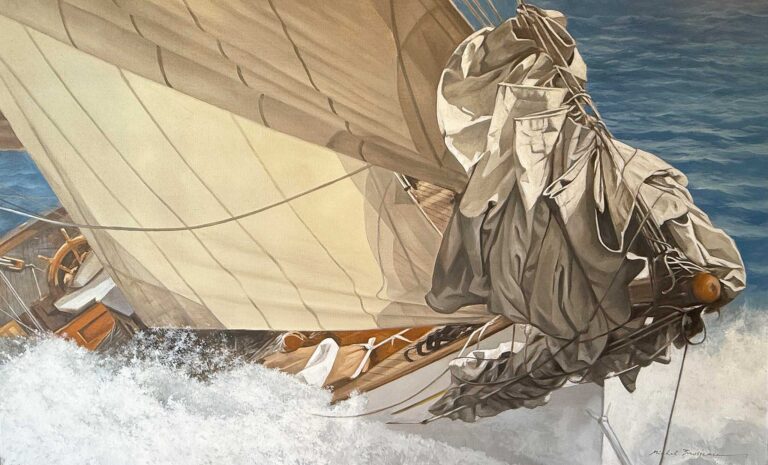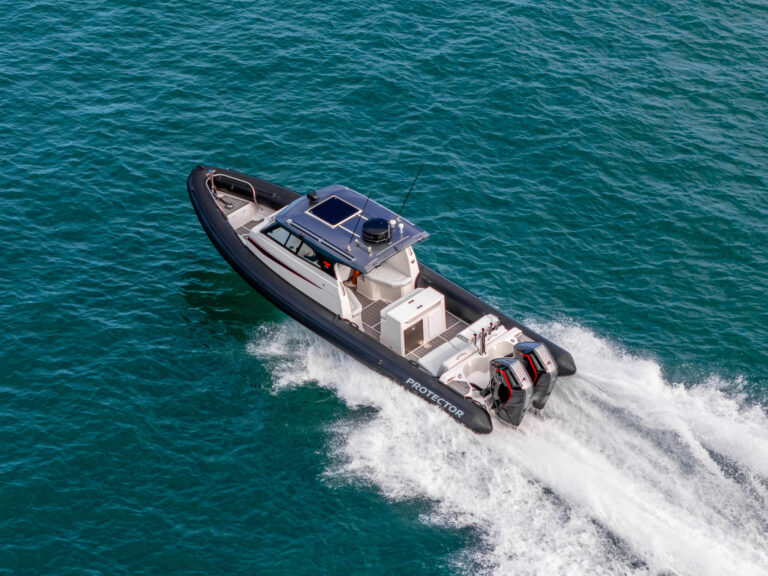Oil on canvas by J.M.W. Turner
James Lenox, the Scottish-born philanthropist and art collector, eagerly awaited his latest acquisition, a painting from the studio of the renowned British artist Joseph Mallord William Turner. At age 70, Turner was hailed by critics as a genius and stood unquestionably as Britain’s master of marine art.

Lenox had arranged for the purchase in London through an intermediary, and the work came to him at his spacious New York home in the summer of 1845, sight unseen. When Staffa, Fingal’s Cave was presented to him for viewing, the old man was less than pleased. He believed it was hard to tell what was going on, the action hard to make out, the scene indistinct. Upon hearing of Lenox’s displeasure, Turner is said to have replied: “Tell Mr. Lenox that indistinctness is my forte.”
And so it was. Turner was concerned less about detail and more about atmosphere, feel and emotion, which made him much different from the artists of the late 18th century, among whom he developed his talents. (He was baptized in 1775; his date of birth is uncertain.)
The subject here is Fingal’s Cave on the Scottish island of Staffa. Famous in Gaelic and Irish mythology, Fingal’s Cave presents a fitting subject for Turner’s ethereal style. The island’s rock formation looms on the left, lit from above by a pale light through ominous clouds. A steamship fades almost into darkness toward the moonrise, trailing smoke from its stacks.
Using watercolor techniques with oil paints, Turner was able to produce shimmering atmospheric effects that went beyond realism. Called a “painter of light,” he’s seen today as a forerunner of the 19th century impressionists, including Claude Monet and Pierre-Auguste Renoir, and a precursor of watercolorists such as Winslow Homer.
The Peabody Essex Museum in Salem, Mass., presents “Turner and the Sea,” an exhibition of the master’s works that runs through Sept. 1. www.pem.org
July 2014 issue










